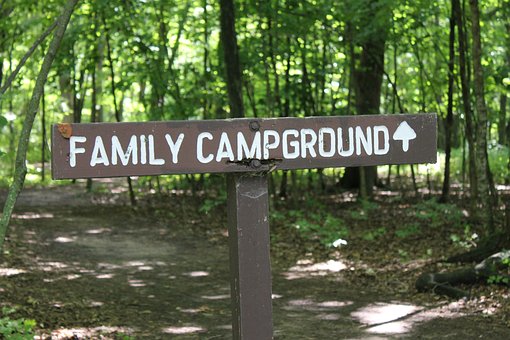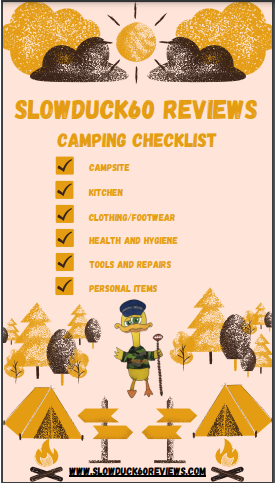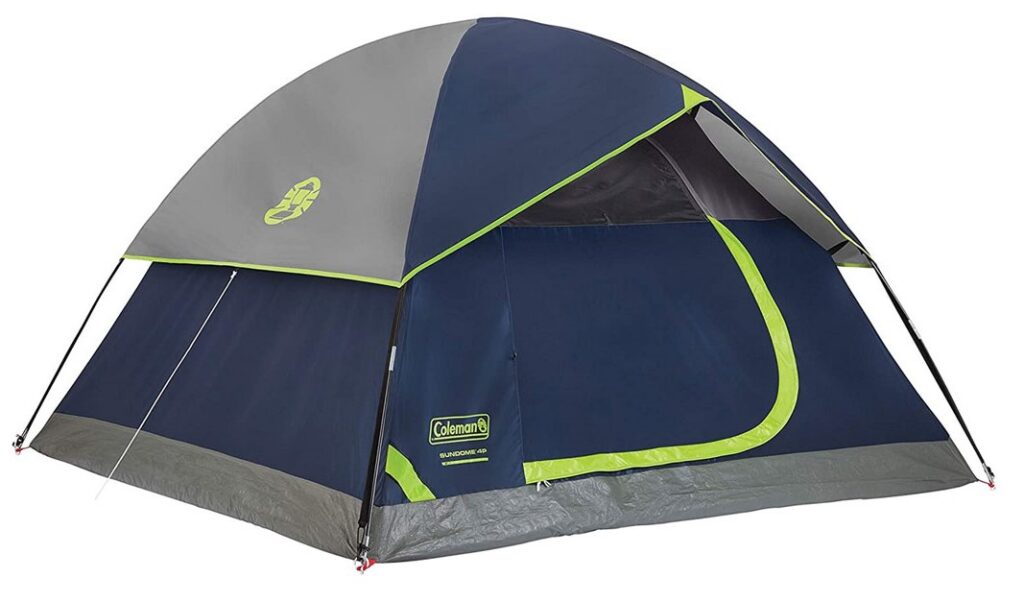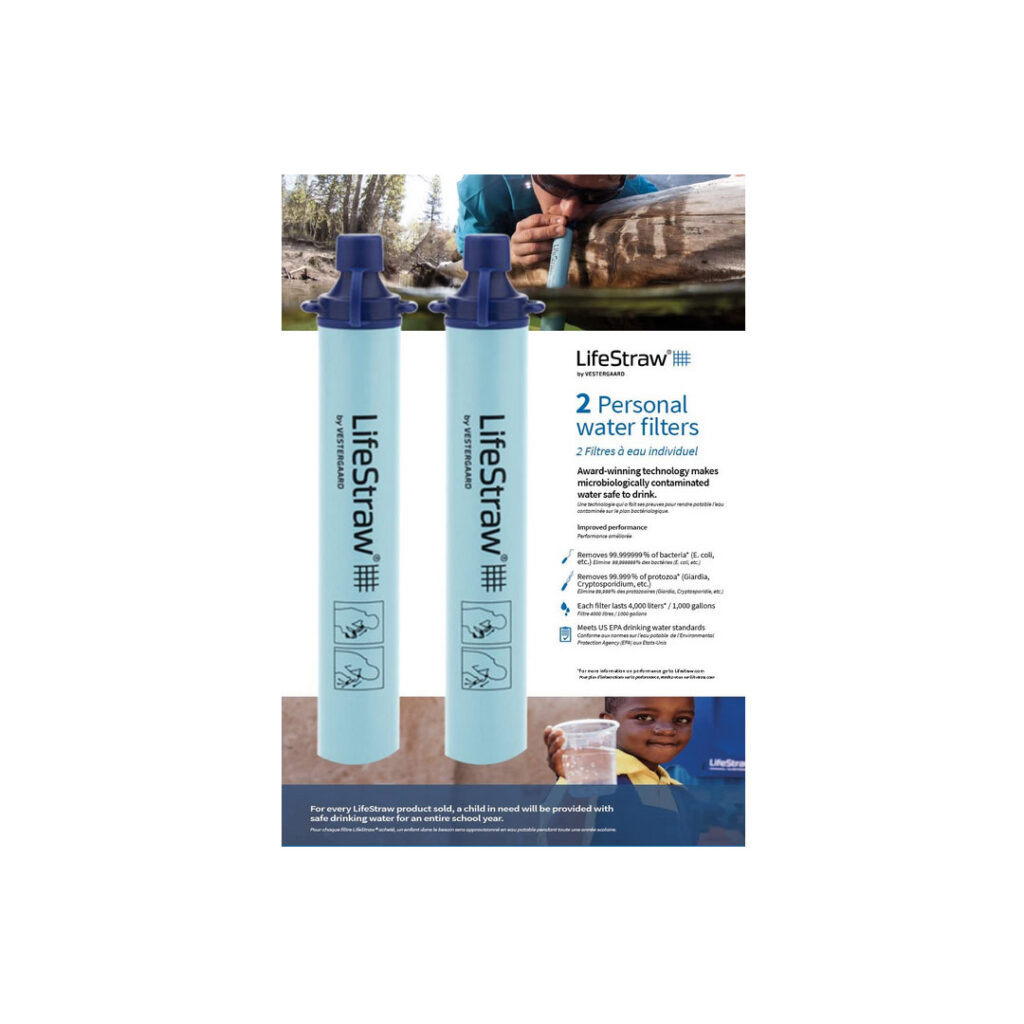Family Camping For All Ages

A family camping trip is a great way to introduce the younger generation to the joys of being outside because nature offers a rich sensory experience. It’s never too early to introduce your children to camping.
From infants to teens, they can become more aware of their natural surroundings by going family camping. Kids of all ages will discover plenty to keep them entertained on a camping trip, including starry skies, the distant call of an owl, and the tiniest of bugs working in the dirt.
Here are some pointers for getting things going and ensuring that everyone has a wonderful time while family camping.

Have a Positive Attitude
Show enthusiasm. If you’re not thrilled about going camping as a family, why should the kids be? What is the first rule of family camping? Be equipped to handle all inconveniences.
Everything has moved to a new location. There is no longer a bathroom down the hall, and there might or might not be running water. Kids will follow your example and pick up on your positive, upbeat attitude.
Be Flexible
No matter how well you plan, things might not go as you had hoped. Keep in mind that all you can do is build a safe environment for your children to camp in. Going outside allows you to create experiences as you go, which is its best feature. Be patient and adaptable. Enjoy the moment with your family and let go of strict time constraints.
Practice Camping at Home
Pitch a tent in the backyard or even inside your house if your children have never been outside before. Allow them to spend time and sleep there so they get used to their new sleeping space. Consider going on a family day trip to a nearby park. See how your children respond to spending an hour at a lakeshore or park.
Let Kids Help Pack
Give kids the duty of packing their own camping supplies (using a list you’ve made). Check that your child has packed thoroughly before leaving the house. Keep things organized by having your children pack their belongings in a duffel bag. While camping, remind them to check and put items back in their duffel bag at the end of each day. For simple identification, each child’s duffel bag should be a different color. To get you started, here is a list of camping essentials (you don’t have to bring everything on the list).
Dress Your Kids in Layers
Make sure your children are dressed appropriately for the weather and the outdoors. Prepare yourself with raincoats and one or two activities for the tent if it looks like it might rain. Even when it’s hot and sunny during the day, temperatures can drop at night. Think about layering so that kids can swap out clothes as needed to accommodate temperature changes. Since babies and young children don’t move around as much as older children do, they typically need one more layer than you do.
Pack a Favorite Toy
Bring a few of your favorite family games and toys, but try to limit the number of toys your kids bring. Allow plenty of space for unstructured outdoor play.
Kids frequently discover far more amusing things to observe and play with. The time your child will spend playing in the sand or simply exploring might surprise you. Kids will figure out how to make their own outdoor entertainment. If you bring toys, make sure they are toys that will enhance their outdoor play, like a kite, ball, flying disc, magnifying glass for spotting insects, or a pair of binoculars.
Also, bring indoor family games like cards and board games, just in case it rains, and the family is stuck in the tent for any amount of time.
Organize Your Gear
For ease of access when you arrive at camp, arrange your camping gear in totes. Keep your kitchenware, tent, sleeping bags, and other equipment in separate compartments using transparent plastic bins or cardboard boxes.
Kitchen-related items go in one bin, box, or bag, and sleeping gear in another. At camp, you don’t want to waste a lot of time looking through your belongings, especially if you arrive at the campsite later than expected. (Remember to expect inconveniences.) Having things prepared in advance also helps you stay organized for subsequent trips.
To make sure you don’t forget anything important, use a family camping checklist.
Pack Food Kids Like
To get your kids excited about the trip, let them take part in menu planning. Find out what foods and treats they enjoy by asking them. It might not be the best time to try a new culinary meal, so bring foods you know they’ll want. Keep portable snacks on hand both at the campsite and while you’re traveling
Choose the Right Campsite
Choose campgrounds with the features your family needs. Besides playgrounds, streams, rivers, and ball fields, some campgrounds have picnic tables, flushing toilets, and hot showers. When you go family camping for the first time, start small, stay close to home, and pick more developed campgrounds with lots of amenities. Increase your level of difficulty by taking longer or more laborious journeys. Find out which kid-friendly businesses other families love to recommend. Decide to travel as a family. Ask the children what they suggest the family should do or see when you get there. Consider their advice thoughtfully.
You can search for public lands campgrounds using Recreation.gov, which lets you filter by amenities or activities like berry picking or fishing. Hipcamp is a fantastic resource for finding private land campsites all over the country (and the world).
Research Kid-Friendly Activities
Learn about the day hikes and other activities that are offered where you’re going. When the kids complain that they are bored, be prepared with some plausible ideas. Easy nature trails are marked on bulletin boards in more developed campgrounds. Is there space for bikes, or can you rent a boat? Prepare for hikes by reading hiking advice for families.
Here are just a few great kid-friendly hikes in national parks.
Involve Your Kids
Include your children in camp chores as much as you can, even if you think you can pitch your tent or prepare a meal faster on your own. Teach them the fundamentals, such as how to locate a level camping site, put up a tent, and prepare a meal. Give children age-appropriate, worthwhile tasks.
Young children can help with rolling out sleeping bags, pumping up sleeping pads, and filling water bottles. Give older children the responsibility of doing the dishes or preparing dinner one night. Continue reading for more advice on how to set up a cozy campsite.
Find Teaching Moments
Your kids should always learn about safe outdoor behavior at a young age. Remind them of the small things they can do to protect the environment while still enjoying it. Teach them to respect nature by not feeding animals or squashing bugs, by packing trash out after use, by leaving rocks and other items alone when they find them, and by adhering to other “leave no trace” principles.
Make sure you and your children follow the right procedures when using the restroom in the woods if you’re camping in an undeveloped area.
Create a Cozy Sleep Environment
Younger children might want a stuffed animal, their favorite blanket, or their pillow. Don’t cut corners with your top priorities. Choose a thicker, more opulent camp pad if you have trouble falling asleep. Bring your favorite blanket or pillows from home. If your tent is large enough, use a play yard or portable crib for babies. You’ll discover what you need and what you can live without as you camp more frequently.
Pitch an Extra Tent (for Teens)
Though it isn’t always workable or possible, think about bringing two small tents or a larger tent with a separate screened “room” for your adolescent’s need for privacy. Older children can exercise some independence and control over their space by having a separate sleeping area. Allow them to bring a friend or camp with another family that has older children.
Maintain Your Regular Bedtime Routine
Don’t skip reading to your child before bed if you usually do so because you’re camping. Young children enjoy routine. Brush your teeth, read a few books, and get them into their pajamas for bed. Keep infants’ sleeping patterns as regular as possible (e.g., bring a portable white noise machine if you use one at home)
Allow Room to Grow
You won’t design the ideal experience the first time around, let alone the second. Make a note of what you should pack the next time, what you can leave behind, and any potential changes you might make at the conclusion of each trip.
Conclusion
Family camping is similar to just relaxing at home with your family. Difference is, the kids may seem a little scared at first of this new experience. Follow these simple suggestions; you and your family can have a safe and fun camping trip. Happy Camping!

Subscribe to our newsletter.
As a Thank You, check your inbox for our
FREE Camping Checklist
This checklist will ensure you and your family packed everything needed for a safe and enjoyable camping trip.



